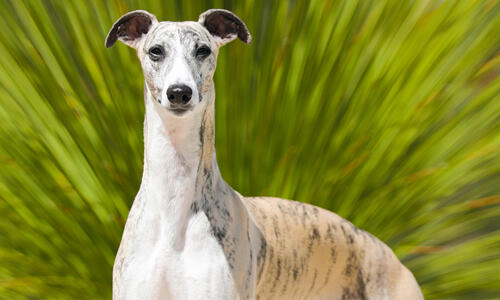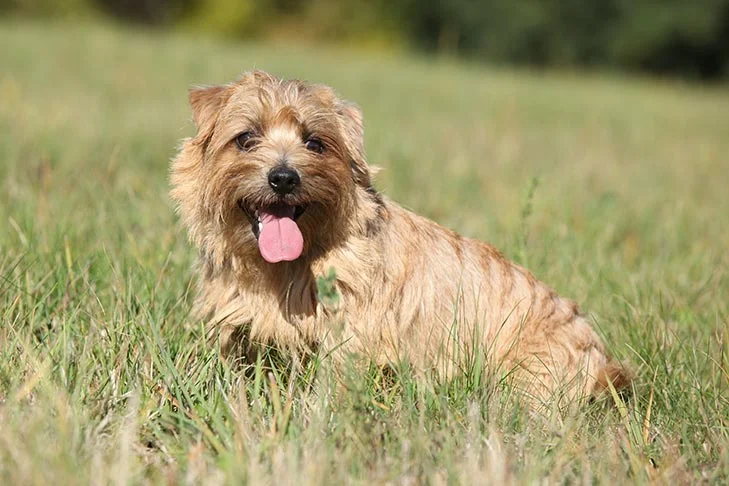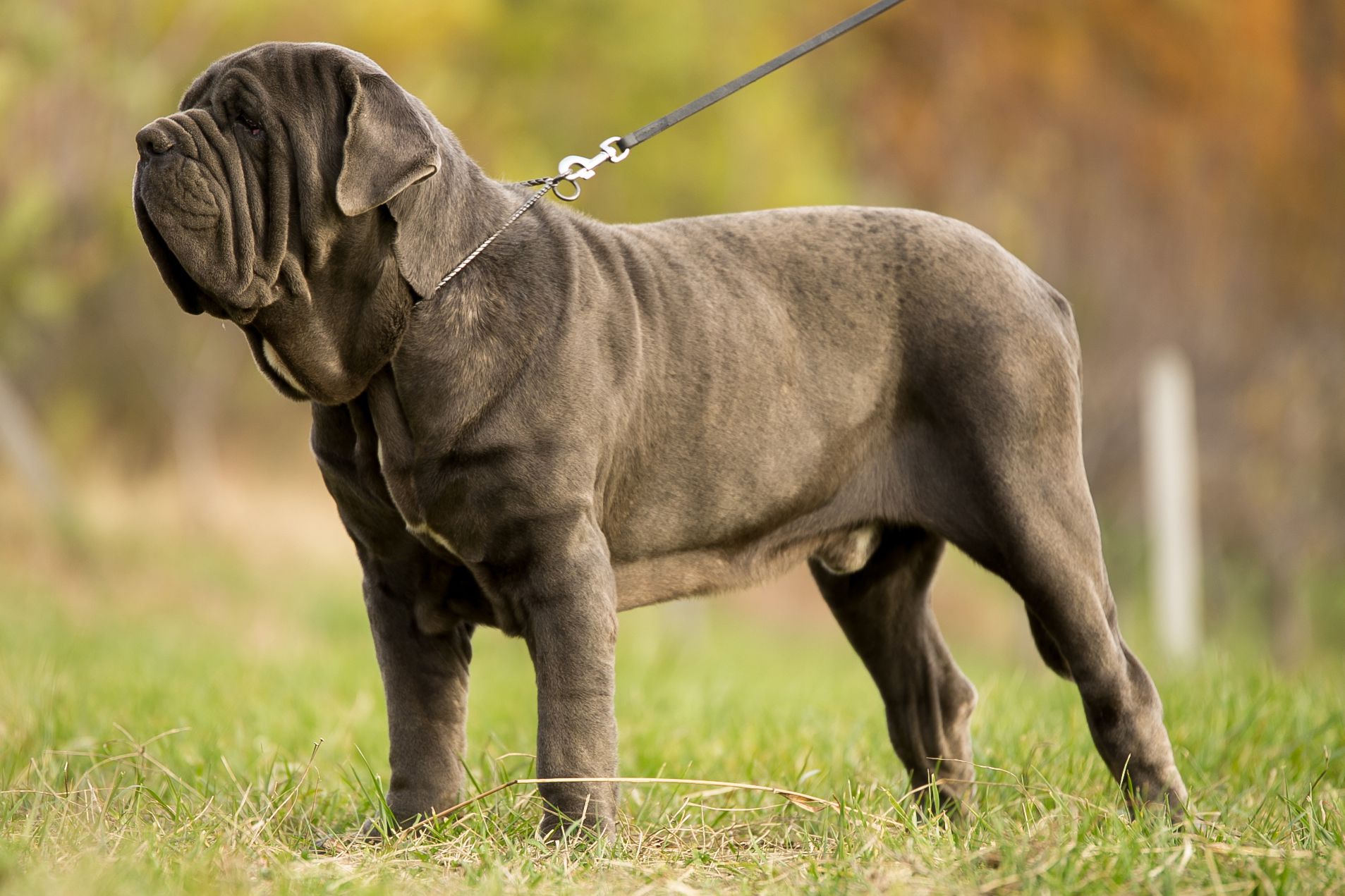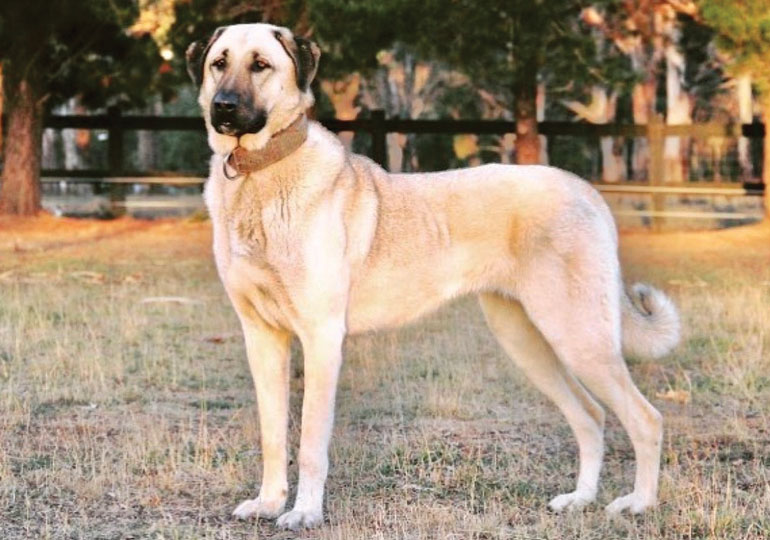Introduction
The Bloodhound is a large breed of dog that originated in Belgium and France. This breed is known for its remarkable sense of smell, which makes it a popular choice for tracking and search-and-rescue work. Bloodhounds are also known for their droopy ears, wrinkled faces, and gentle nature. They are typically friendly, calm, and patient dogs, which makes them great family pets. Bloodhounds require regular exercise and grooming to stay healthy and happy, and their strong sense of smell means they should always be kept on a leash or in a securely fenced area. Overall, the Bloodhound is a loyal and lovable breed that excels in a variety of roles, from search-and-rescue to simply being a beloved companion.
Bloodhound Temperament
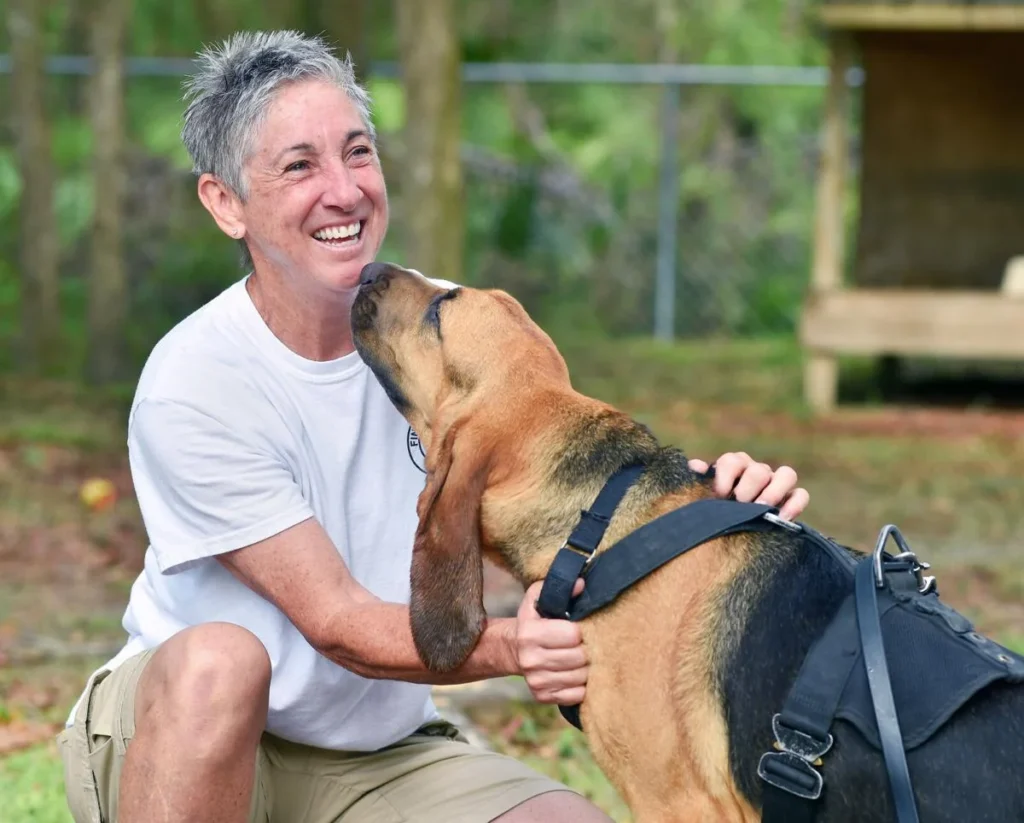
The Bloodhound breed is known for their exceptional sense of smell and tenacious tracking abilities. They are loyal, affectionate, and gentle dogs that make great companions. However, they can also be stubborn and require consistent training and socialization. Bloodhounds are typically patient and friendly with children and other animals, but their strong prey drive may lead them to chase small animals. Overall, Bloodhounds are intelligent and loyal dogs with a strong work ethic and a love for human companionship.
Aggression
Aggressive behavior in Bloodhounds can be influenced by a combination of genetic and environmental factors. Bloodhounds were originally bred for hunting, which involved tracking and capturing prey. This instinctual drive can sometimes manifest as aggressive behavior, especially if the dog feels threatened or is not properly socialized. Additionally, improper training or handling can exacerbate aggressive tendencies. It is important for Bloodhound owners to understand and address any aggressive behavior through proper training, socialization, and seeking professional help if needed.
Health and Lifespan of Bloodhound

The reported lifespan range of a Bloodhound is typically between 8 to 10 years. However, it is important to note that individual dogs may have shorter or longer lifespans depending on various factors such as genetics, diet, exercise, and overall health care. Bloodhounds are generally a healthy breed, but they are prone to certain health issues such as hip dysplasia, bloat, and ear infections.
Food
When it comes to choosing the best food for your Bloodhound, it’s important to consider their unique dietary needs. Bloodhounds are large breed dogs with a slow metabolism, so it’s important to feed them a high-quality diet that is low in fat to avoid obesity and related health problems. Look for a dog food that lists meat as the first ingredient and avoids fillers and by-products. Additionally, some Bloodhounds may have food allergies or sensitivities, so it’s best to work with your veterinarian to determine the best diet for your individual dog. Remember to always provide plenty of fresh water and monitor your dog’s weight and overall health to ensure they are getting the nutrition they need.
Training for Bloodhound
Training a Bloodhound requires patience, consistency, and positive reinforcement. Begin with basic obedience commands and avoid punishment. Socialization is crucial, and scent tracking can stimulate your dog’s abilities. Proper training and socialization lead to a well-behaved and loyal companion.
Conclusion
In conclusion, Bloodhounds are a unique breed with specific needs that should be considered by potential owners. They are highly skilled hunters and possess a strong sense of smell, which makes them excellent tracking and scenting dogs. However, they also have a tendency towards certain health issues, such as obesity and joint problems, that require proper care and attention. With proper training, socialization, and veterinary care, Bloodhounds can make wonderful companions for the right owner who is willing to provide them with the love and attention they need.

